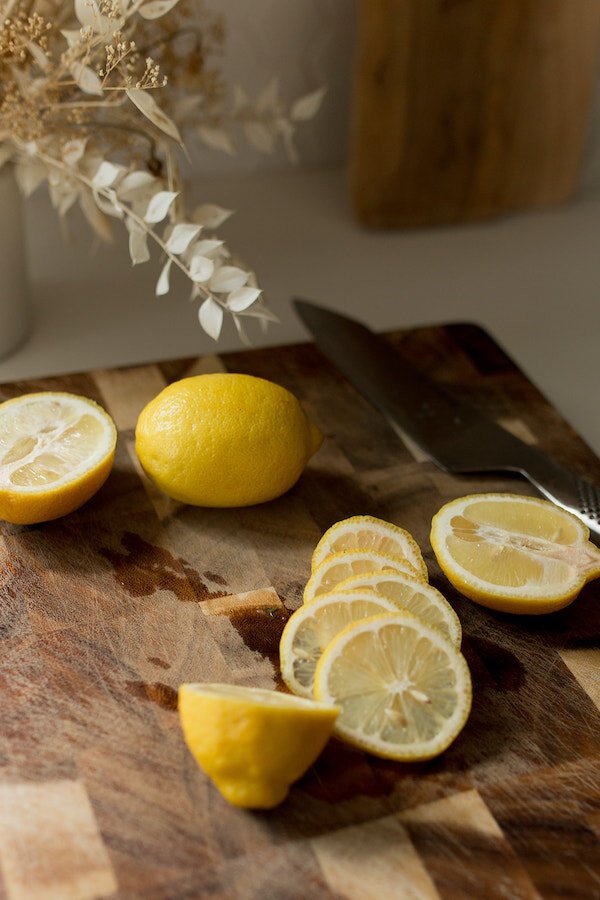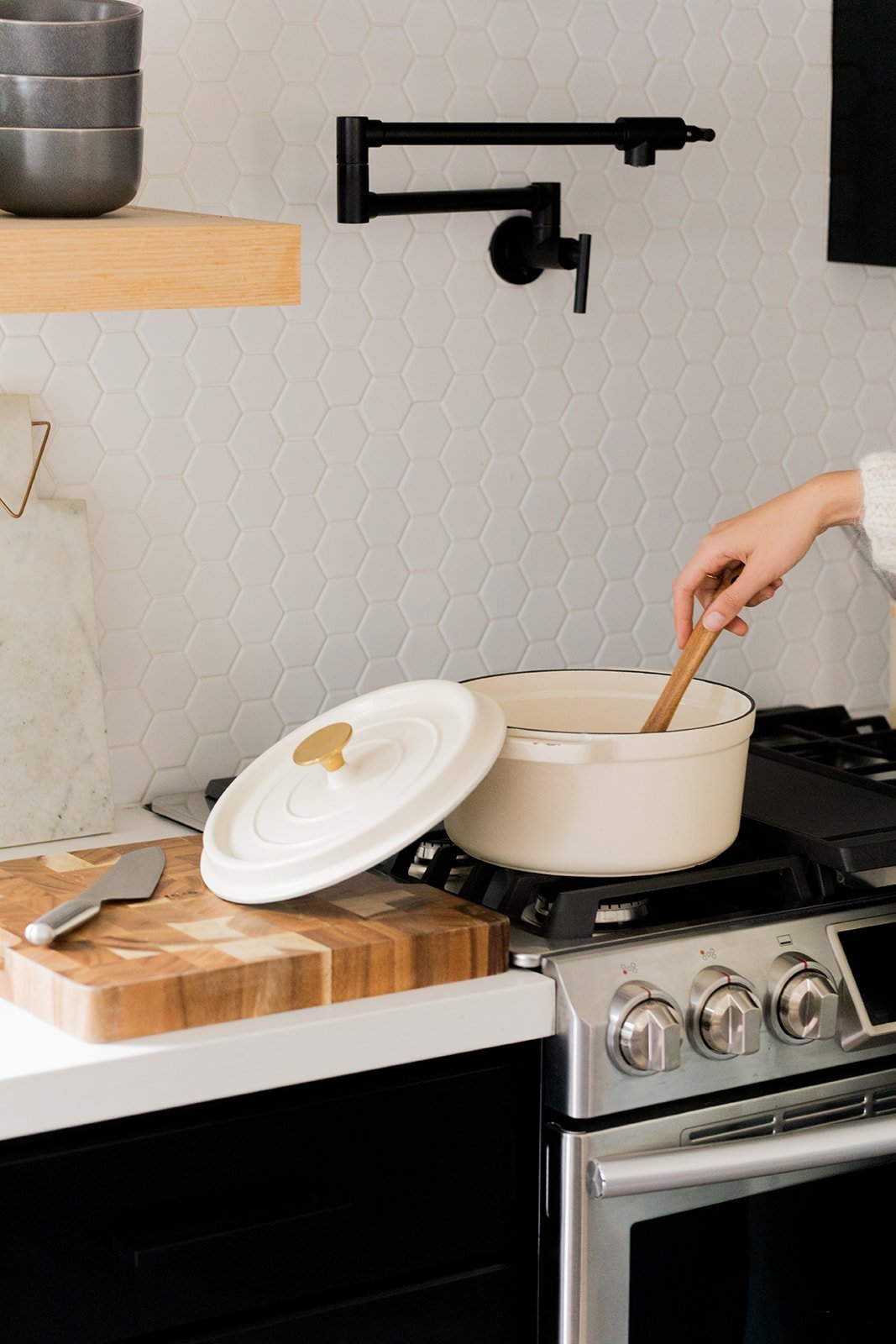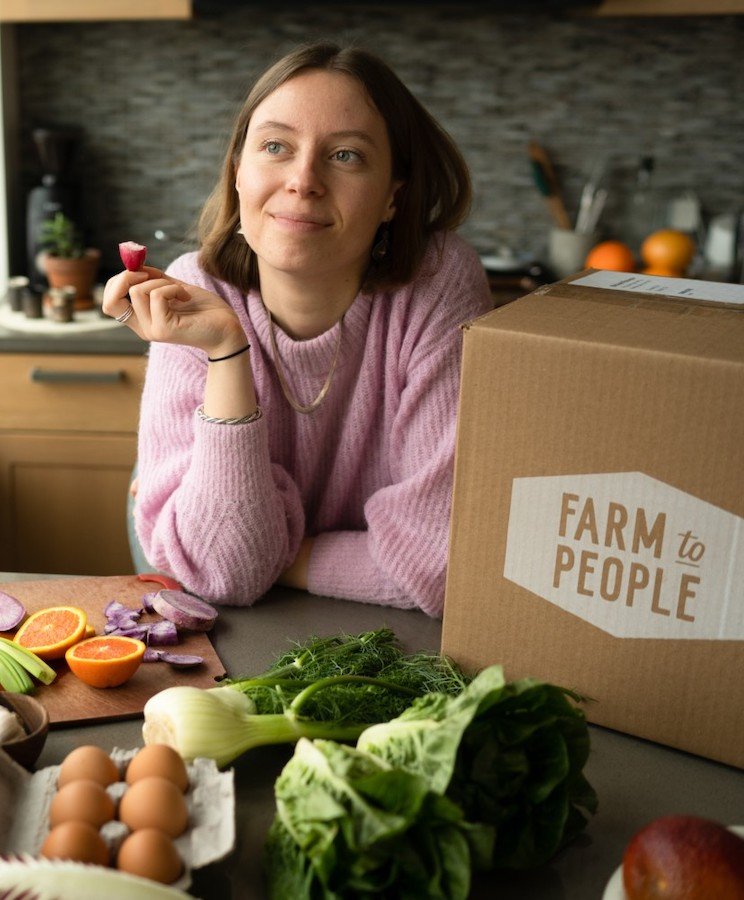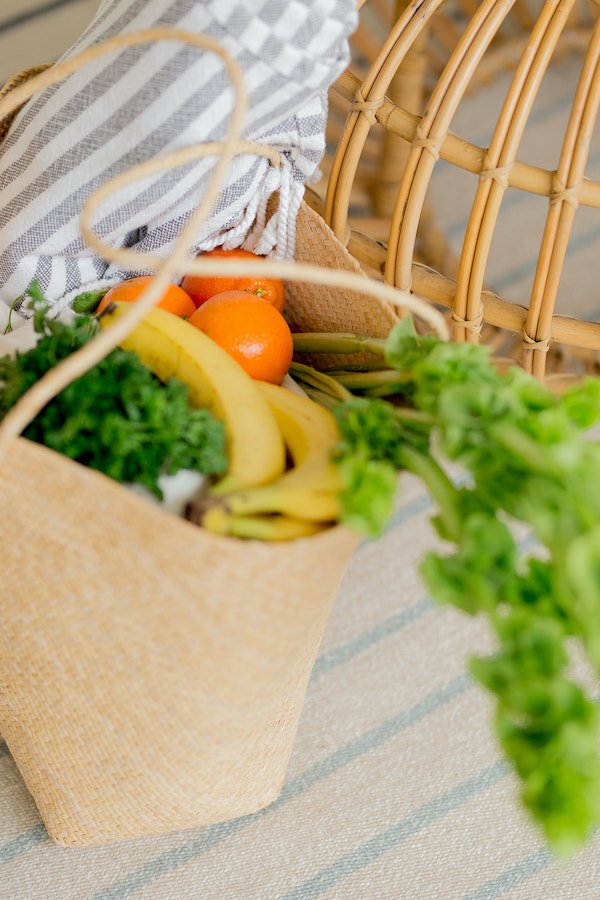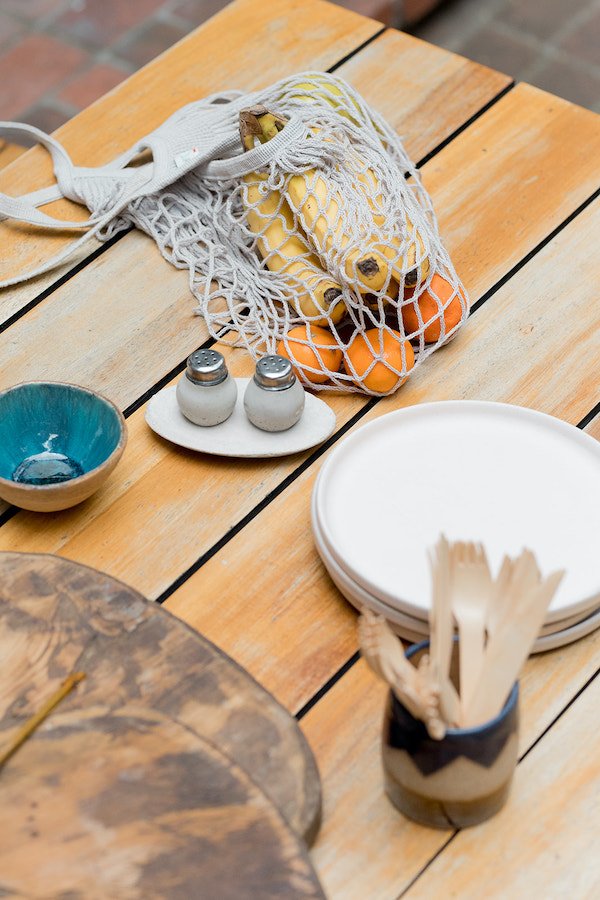
Mindful Meal Planning That Will Help You Reduce Kitchen Waste
Meal Prep Is Never Perfect
I used to consume as many budget-friendly meal prep videos as I could, snacking my way across the world of food on the internet. I figured prepping meals on a budget would be just as easy as the food YouTubers made it out to be. But the more videos I watched, the more I began to feel inadequate about my disorganized pantry and my never-ending quest to keep myself nourished.
“The more videos I watched, the more I began to feel inadequate about my disorganized pantry.”
My own meal planning never looks as picturesque as the internet makes it out to be. Sure, I can feasibly do a big grocery haul for the week, and my love of leftovers means I’m very equipped to eat the same meal repeatedly. But the idea of packing lunches five days in advance often leaves me worrying about food quality and nutritional value, all the Sunday hours required, and most importantly, having enough Tupperware (seriously, where do all the lids disappear to?).
I’m now exploring more mindful ways to plan my meals—specifically with the goals of adding variety, minimizing waste, and embracing the joy of cooking for myself. So often I get wrapped up in thinking that feeding myself is a chore that I forget how delightful it is to toss together a simple arugula salad or enjoy mangos on a hot summer day.
“Prescriptive meal plans…can overlook essential considerations like food access and financial privilege.”
My approach to food is informed by Michael Pollan’s “In Defense Of Food” tagline: “Eat food, not too much, mostly plants.” Although for as generous as that philosophy is, I soften my own boundaries even further—the stigmas of a restrictive diet are not ones I take lightly. Plus, prescriptive meal plans that say “if everyone ate exactly like this we could save the planet” can overlook essential considerations like food access and financial privilege (or lack thereof). They can also ignore or even erase cultural dishes and staples.
Which leads me to my main point: Meal planning should not make you feel inadequate or judged. It should allow you to challenge yourself but offer you enough grace to make sure, at the end of the day, you and your family are fed.
“Meal planning should not make you feel inadequate or judged.”
Cooking can also be a practical form of creativity and expression, and when you make more space for thoughtful planning, the process can be even more enjoyable. But it’s not for everyone! If you don’t love cooking, thoughtful planning can help you do it more efficiently. Meal planning should work for you, not against you.
Here’s how I approach meal planning in order to nourish myself with variety, reduce my waste (including financial waste), and have fun in the process.
Let your schedule and your budget lead
I believe there are three factors to food, and most often, you can only achieve two of them. (Please tell me if you’ve found a way to get all three.) I play a balancing act with these factors based on my budget and time:
Inexpensive | This food costs the least but can come at a cost of time or quality.
Easy | This food is the fastest to acquire but can come at a cost of quality or money.
High-Quality | This food is nutritious and tasty but can come at a cost of time or money.
“Identify your weekly schedule first, then decide if you have time to do more intense prep.”
The biggest part of my meal planning happens outside of the kitchen and, instead, on my calendar. This is where my husband and I determine how many meals we need to make, how long the leftovers need to last, and which days we’ll order in. Identify your weekly schedule first, then decide if you have time to do more intense prep like soak dry beans or make homemade bread.
Knowing how much you want to spend is helpful, too. You’ll clearly see when you have extra wiggle room to invest in some new spices, or when you might need to make one of those “use-what-you-have meals” that, inevitably, ends up being mostly eggs.
Keep recipes accessible
Once you have your schedule, plug in your seasonal recipe favorites on days you’ll need something tried-and-true. A shared Google calendar is handy for this—you can note who’s cooking, input additional prep reminders, and add a link to the recipe so that you’re not scrambling to re-find it. I plan new recipes for wide-open evenings and opt for my go-to chili or burrito bowls on days there’s a bit of a time crunch.
“Note anything that’s about to spoil [and] plan recipes using those ingredients first!”
Take stock of what you already have, and note anything that’s about to spoil. Plan recipes using those ingredients first! If you can’t use something while it’s still fresh, here’s a great guide to freezing without using plastic.
I also keep a mental list of the websites I trust most for delicious, affordable, and leftover-worthy meals: Budget Bytes, Minimalist Baker, and Oh She Glows are my current favorites. One thing I could always be better about is keeping recipes organized in a doc—right now, they live in my mind and as always-open tabs on my phone.
Making your shopping list
My husband and I like to make our shopping list together, with one person on kitchen duty to check how much stock we have while the other inputs the list into our grocery app. I recommend checking with your go-to store to see if they have an app because it’s a game changer. We use the Kroger app, which lets us build a list and check for sales and coupons so we can get a good picture of the cost before we shop.
When making your list, pull up all the recipes you plan to use for the week. List each item you need and add additional quantities if other recipes call for the same ingredients. I like to have fresh ingredients that overlap in my recipes each week, especially for things like cabbage. This makes it easier to reduce waste.
Buy bulk
“If I need to keep canned beans and frozen veggies on hand to avoid wasting fresh foods, that’s okay!”
A lot of my planning focuses on minimizing the stress and guilt of not being perfectly zero waste. If I need to keep canned beans and frozen veggies on hand to avoid wasting fresh foods, that’s okay! It’s a balancing game to do the best I can with what is accessible to me.
Though they’re in plastic, frozen fruits and vegetables can add variety to your recipes. If it’s the only thing that makes sense for you right now, try to find the largest bag you can afford to reduce waste. I also look for the largest reasonable options for things like oats, flour, and rice. Look closely at the price tag to find the price per ounce so you can see which size is ultimately most affordable in the long run. Here’s a helpful guide to get you a little closer to low waste grocery shopping, and here’s a closer look at bulk shopping specifically.
Batch cook and plan for leftovers
This will look different for everyone. Like the aforementioned YouTubers, some can prep a whole week’s worth of lunches and dinners in under two hours. Not me. Instead, my “batch cooking” looks like doubling small recipes to account for second and third meals. If I can stretch a meal out to a dinner and two lunches, I’m a happy person.
Start by getting very familiar with the shelf life of leftovers (here’s a good guide). Meat dishes only last a couple of days, while veggie dishes last slightly longer. You can also plan for efficiency by chopping up veggies all at once. There’s nothing better than realizing you already have half a chopped onion in the fridge when you’re in a rush to get cooking.
Expand your pantry, one ingredient at a time
If you’re looking to expand your palette and pantry on a budget, opt for one new recipe that uses an ingredient you don’t currently have. I encourage doing this gradually because I’ve gone out and purchased tons of new ingredients only to have them sit at the back of my pantry or on my sauce shelf for months, even years.
Sesame oil was one ingredient I never used to have on hand, but once I bought it for a new recipe, my eyes were open to its heavenliness. Now, I can trust that if I buy it in larger quantities, I’ll use it. The same goes for spices—once you’ve made the investment, you can easily experiment with new recipes and stretch your food even further.
“Instead of operating from a scarcity mindset, mindful meal planning celebrates the abundance of what is available for each person.”
Mindful meal planning ultimately considers the joy of cooking and tasting as much as it considers waste reduction and environmental impact. Instead of operating from a scarcity mindset, it celebrates the abundance of what is actually available and reasonable for each person.
How do you plan your meals? 🥘Share in the comments below!
RELATED READING
Featured image includes bag by Filt.


